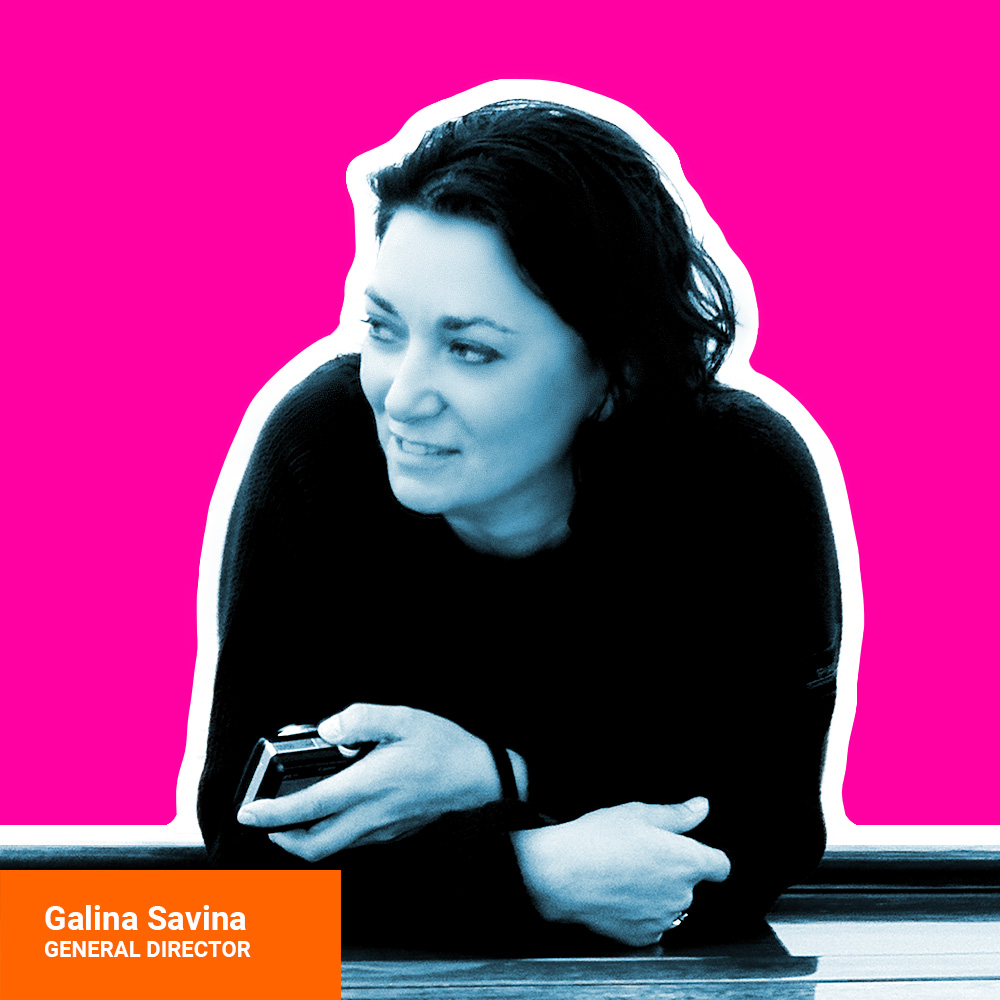
Type Size Matters
I know that companies don’t make their digital and print designs unreadable to older audiences (or people with less than perfect vision) on purpose. Obviously, that would be counterproductive for any business trying to sell something. But it happens all the time and has been a personal pet peeve of mine since I crossed the middle age marker myself. I know I’m not alone. If you reach for your glasses before you reach for your mobile phone, you get me. If you instinctively turn on your phone’s flashlight before opening a restaurant menu, you also feel my pain.
I know we are in the business of making stylish websites and marketing materials. But let’s face the facts. According to the United Nations, the number of persons aged 60 or above is expected to more than double by 2050 and to more than triple by 2100, rising from 962 million globally in 2017 to 2.1 billion in 2050 and 3.1 billion in 2100. That’s about one third of the global population and a substantial percentage of all individuals with disposable income worldwide.
As people age, they become more dependent on reading glasses and/or opt for larger font sizes. Also, some colors may appear faded to persons with vision challenges, which reduces contrast and readability. Therefore, text and button sizes should be kept large and color contrast should be increased in websites and apps that cater to older adults. Basically, all essential information that’s meant to be read or clicked should be scaled up. Fonts should not be smaller than 12px and made larger wherever practical. Furthermore, sans serif typefaces are generally preferred for readability online. Ideally, it should also be easy for users to increase font sizes as necessary. But I wouldn’t count on that technical capability when it comes to appealing to older or otherwise vision-challenged consumers. It’s also worth pointing out that icons should be labeled for older adults who may be less familiar with even the most common symbols.
Unfortunately, all this may mean that the designer must compromise esthetic for usability, or function over form — a compromise that will be more readily apparent and welcome among older marketing decision-makers.
We all know that marketing is a business that celebrates youth. But when it comes to approving layouts and interfaces for people with less than perfect vision, perhaps someone longer in the tooth should give it the final thumbs up.



